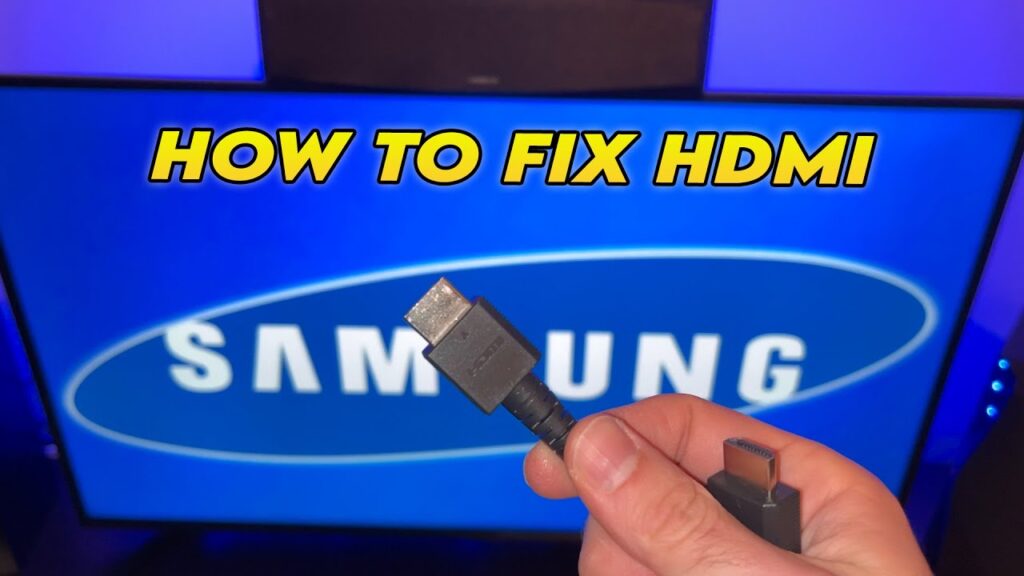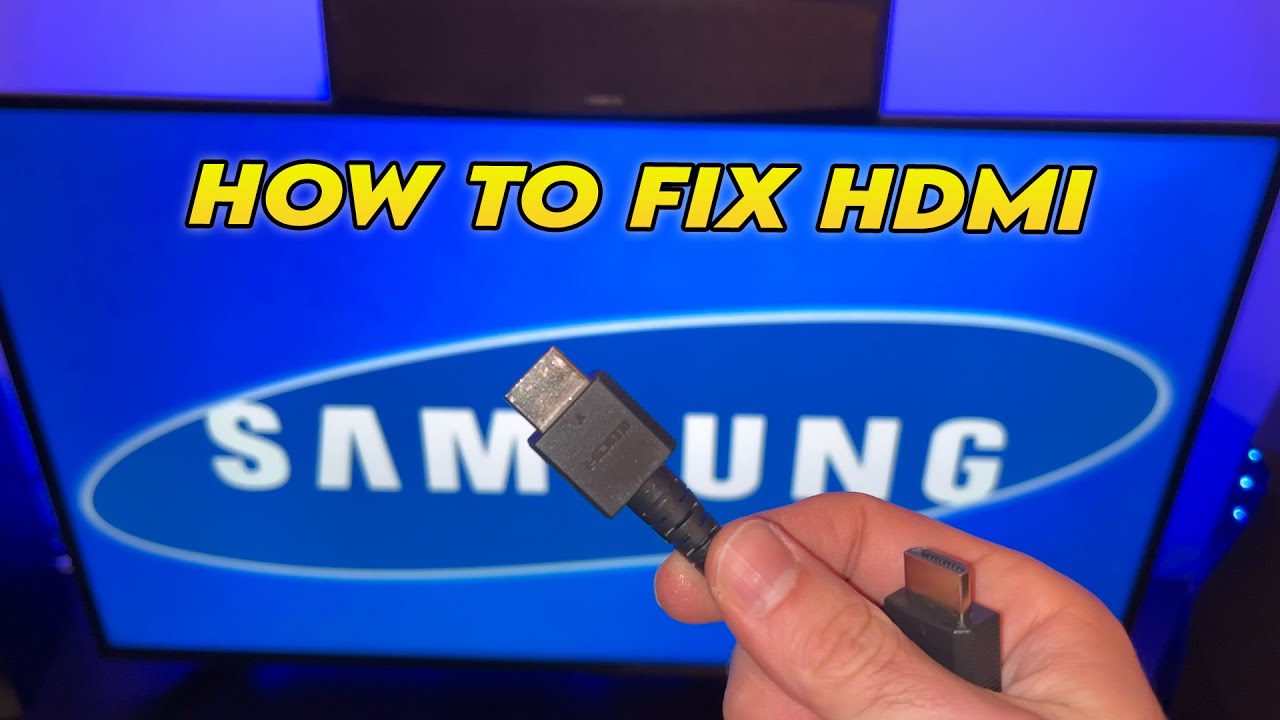
How to Fix No Signal on DISH TV: A Comprehensive Troubleshooting Guide
Experiencing a ‘no signal’ error on your DISH TV can be frustrating, especially when you’re settling in for your favorite show or a crucial sports game. This comprehensive guide aims to equip you with the knowledge and steps necessary to troubleshoot and resolve this common issue, getting you back to enjoying your DISH TV service in no time. A ‘no signal’ message indicates that your DISH receiver isn’t receiving a signal from the satellite dish. This can stem from various causes, ranging from simple cable issues to more complex problems like dish misalignment or hardware failure. Understanding the potential causes is the first step in effectively fixing the problem. This article will provide a structured approach to diagnosing and fixing the “no signal” error on your DISH TV.
Understanding the ‘No Signal’ Error on DISH TV
Before diving into troubleshooting steps, it’s crucial to understand what the ‘no signal’ error signifies. The error message, typically displayed on your television screen, indicates a break in the communication pathway between your DISH satellite dish and your receiver. This interruption can prevent you from accessing channels and enjoying your subscribed services. The goal of this guide is to help you diagnose and fix the no signal error on your DISH TV.
Common Causes of a ‘No Signal’ Error
- Cable Issues: Loose, damaged, or improperly connected cables are a primary culprit.
- Dish Misalignment: The satellite dish might have shifted due to weather conditions or external factors, causing it to lose its alignment with the satellite.
- Weather Interference: Heavy rain, snow, or strong winds can disrupt the satellite signal.
- Receiver Problems: The DISH receiver itself might be experiencing technical issues or require a reset.
- LNB Failure: The Low-Noise Block downconverter (LNB) on the dish, responsible for receiving and amplifying the satellite signal, could be faulty.
- Switch Problems: If you have multiple receivers, a switch might be malfunctioning, affecting the signal distribution.
Troubleshooting Steps to Fix No Signal on DISH TV
Now that we understand the common causes, let’s explore a step-by-step troubleshooting process to identify and resolve the ‘no signal’ error on your DISH TV.
Step 1: Check the Cables
The first and simplest step is to thoroughly inspect all cables connecting your DISH receiver to the satellite dish and your television. Look for any signs of damage, such as cuts, kinks, or fraying. Ensure that all connections are secure and properly tightened. Disconnect and reconnect the cables at both ends (receiver and dish) to ensure a solid connection. Pay particular attention to the coaxial cable connecting the dish to the receiver. If you find any damaged cables, replace them immediately. A faulty cable can easily cause a ‘no signal’ error.
Step 2: Reboot Your DISH Receiver
A simple reboot can often resolve minor software glitches or temporary issues affecting your DISH receiver. Unplug the receiver from the power outlet and wait for about 15-30 seconds. Then, plug it back in and allow it to power up. This process will reset the receiver and may restore the signal. Check if the ‘no signal’ error persists after the reboot. [See also: Common DISH TV Errors and Solutions]
Step 3: Check the Dish Alignment
If the ‘no signal’ error continues, the satellite dish’s alignment might be the problem. This is especially likely after severe weather conditions. While it’s best to call a professional for dish realignment, you can perform a visual inspection. Check if the dish is securely mounted and hasn’t shifted. Look for any obstructions blocking the dish’s line of sight to the satellite, such as trees or buildings. If you suspect misalignment, contact DISH Network or a qualified technician to realign the dish properly. Attempting to realign the dish yourself without proper equipment and knowledge can worsen the problem.
Step 4: Check for Weather Interference
Heavy rain, snow, or strong winds can temporarily disrupt the satellite signal. If you’re experiencing a ‘no signal’ error during inclement weather, wait for the weather to improve and then check if the signal returns. Satellite signals are susceptible to atmospheric interference. If the signal returns after the weather clears, the weather was likely the cause of the issue. If the ‘no signal’ persists after the weather improves, move on to the next troubleshooting step. The ‘no signal’ could be caused by something else.
Step 5: Check the LNB (Low-Noise Block Downconverter)
The LNB is the device mounted on the satellite dish that receives and amplifies the satellite signal. A faulty LNB can cause a ‘no signal’ error. Unfortunately, diagnosing an LNB failure requires specialized equipment and knowledge. If you suspect an LNB problem, it’s best to contact DISH Network or a qualified technician for assistance. They can test the LNB and replace it if necessary. Replacing the LNB yourself can be risky and may void your warranty. Dealing with the ‘no signal’ issue can be frustrating.
Step 6: Check the Switch (for Multiple Receivers)
If you have multiple DISH receivers connected to a single satellite dish using a switch, the switch itself might be the source of the problem. Try bypassing the switch and connecting one receiver directly to the dish. If the receiver now receives a signal, the switch is likely faulty and needs to be replaced. A malfunctioning switch can prevent the signal from reaching all receivers. [See also: Troubleshooting Multi-Receiver DISH TV Systems]
Step 7: Perform a Receiver Reset (Advanced)
If the simple reboot didn’t work, you can try a more advanced receiver reset. This process will erase all settings and preferences and restore the receiver to its factory defaults. The steps for performing a factory reset vary depending on the DISH receiver model. Consult your receiver’s user manual or the DISH Network website for specific instructions. Be aware that a factory reset will require you to reconfigure your settings and preferences. This step should only be performed if other troubleshooting steps have failed. If you are still experiencing the ‘no signal’ error, proceed to the next step.
Step 8: Contact DISH Network Support
If you’ve exhausted all the troubleshooting steps and are still experiencing a ‘no signal’ error on your DISH TV, it’s time to contact DISH Network customer support. They can provide further assistance, diagnose more complex issues, and schedule a service appointment if necessary. Be prepared to provide them with your account information, receiver model, and a detailed description of the problem. DISH Network support has specialized tools to diagnose the cause of the ‘no signal’.
Preventing Future ‘No Signal’ Errors
While it’s impossible to completely eliminate the risk of experiencing a ‘no signal’ error, there are steps you can take to minimize the likelihood of it occurring.
- Regular Cable Inspections: Periodically inspect all cables for damage and ensure secure connections.
- Professional Dish Alignment: Have your satellite dish professionally aligned to ensure optimal signal reception.
- Weather Protection: Consider installing a dish cover or shield to protect it from severe weather conditions.
- Receiver Maintenance: Keep your DISH receiver clean and free from dust.
- Software Updates: Ensure your DISH receiver is running the latest software version.
Conclusion
Dealing with a ‘no signal’ error on your DISH TV can be a frustrating experience. However, by following the troubleshooting steps outlined in this guide, you can often identify and resolve the problem yourself. Remember to start with the simplest solutions, such as checking the cables and rebooting the receiver, before moving on to more complex troubleshooting steps. If you’re unable to resolve the issue on your own, don’t hesitate to contact DISH Network customer support for assistance. By understanding the potential causes and taking proactive measures, you can minimize the likelihood of future ‘no signal’ errors and ensure uninterrupted enjoyment of your DISH TV service. Hopefully, this guide has helped you fix the no signal on your DISH TV. The ‘no signal’ error is a common problem, but with these tips, you should be able to resolve it quickly.

